Most interferometer types used for optical surface testing require an expensive reference element from which the reference beam is bounced off. The interferometer then compares the wavefront from the reference element to the wavefront from the surface being tested. The Bath interferometer is a clever design which uses the test-mirror for both the reference beam and the test-beam. It's very simple to build, requiring just a laser, a 50/50 beamsplitter, a mirror, and a short focal length lens to expand the beam.
Here's my first attempt at building one, and taking pictures of interferograms from the 240mm telescope mirror we are polishing. The video shows how unstable the fringes are with the interferometer on a normal (wobbly!) table and in a typical open room with lots of air-currents. Moving to a better table and protecting the beam-path from air-currents with cardboard boxes should make for more stable interferograms which can be quantitatively analysed.
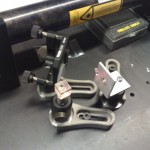
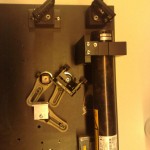
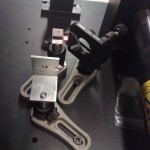
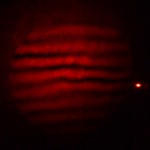
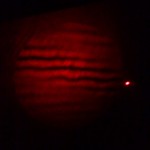
2 thoughts on “Bath Interferometer”